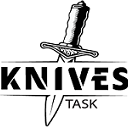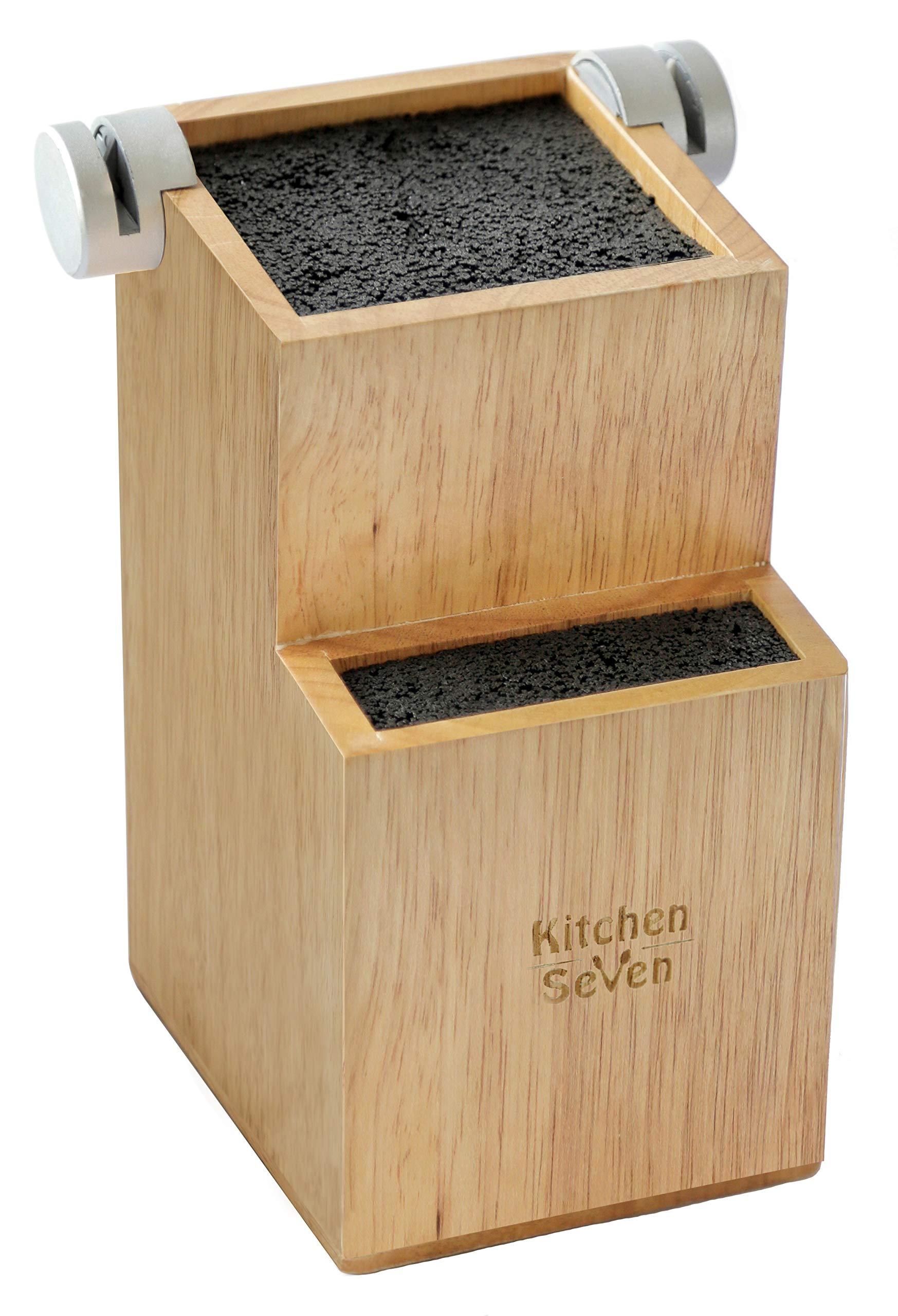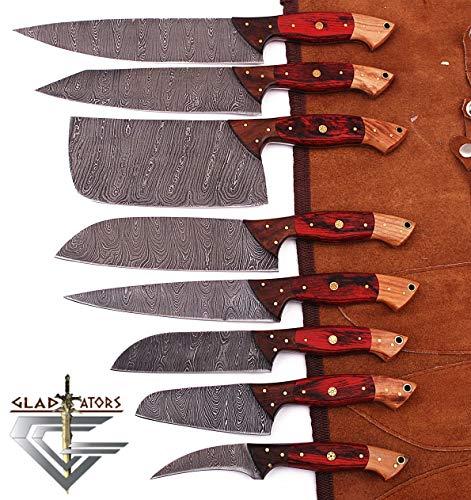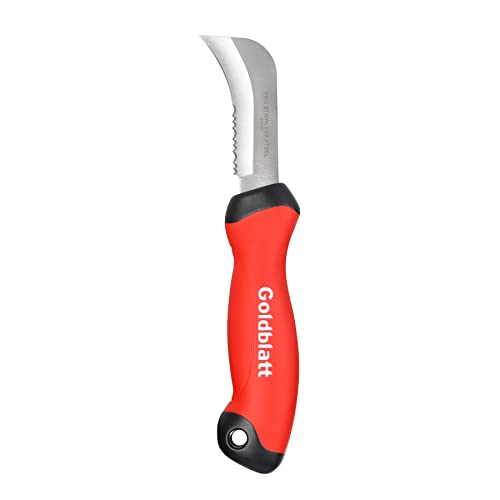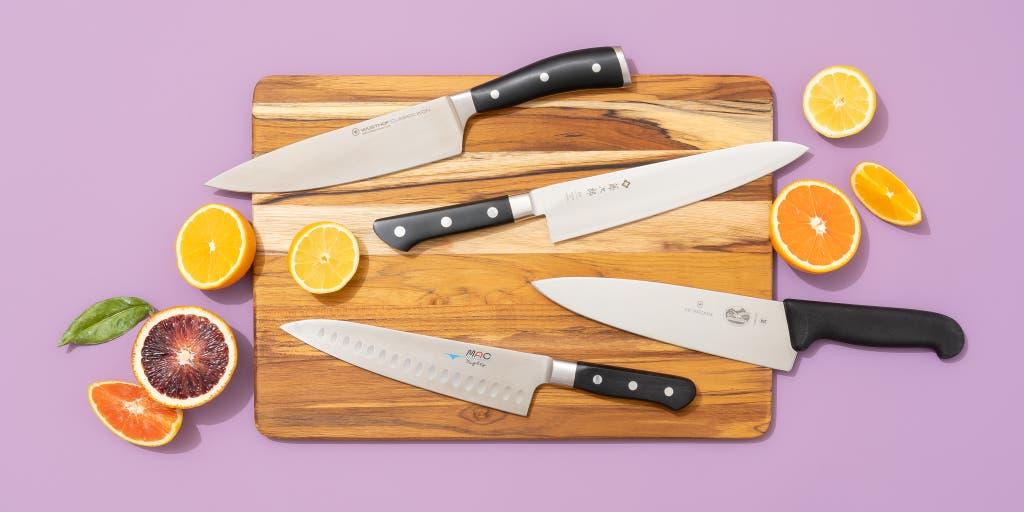To clean your butcher block knife holder, first remove any knives and other utensils. Next, rinse the holder with warm water and a mild dish soap. Use a soft sponge or cloth to scrub away any dirt or debris.
Finally, rinse the holder again with warm water and dry it thoroughly with a clean towel.
- Unplug the butcher block knife holder from the outlet
- Remove all knives from the holder
- Wash the holder with warm, soapy water and a sponge or cloth
- Rinse the holder with clean water and dry it with a towel
- Return the knives to the holder and plug it back in to the outlet
How To Clean A Wood Knife Block
How Do You Clean a Knife Holder Block?
If you’re like most people, your knife block probably sees a lot of action. Whether you’re slicing and dicing vegetables for a salad or carving a roast, your knives are likely getting dirty on a regular basis. And while it’s easy enough to clean your knives themselves, it’s not always so simple when it comes to cleaning the block that holds them.
After all, you don’t want to damage the wood or risk leaving water stains.
Here are some tips for cleaning your knife block safely and effectively:
1. Unplug the block and remove the knives.
If your block is plugged into an outlet, be sure to unplug it before beginning any cleaning. You should also remove all of the knives from the block so that you can clean each one individually.
2. Wipe down the outside of the block with a damp cloth.
Use a soft, damp cloth to wipe down the outside of the block. This will remove any dirt or debris that has accumulated on the surface. Be careful not to saturate the wood; just use enough moisture to lightly dampen the cloth.
3 . Cleaning inside knife slots with cotton swabs . To clean inside the slots where your knives fit, start by using a dry cotton swab to dust out any loose dirt or debris.
Then, wet another cotton swab with white vinegar or lemon juice and use it to scrub away any stubborn residue inside each slot . Rinse well with water when finished . 4 Allow everything to air dry completely before reassembling .
Once everything is clean , set everything aside in a safe place and allow it to air dry completely before putting your knives back in place 5 Reassemble and enjoy ! Now that everything is clean and dry , simply plug your knife block back in ( if applicable) , insert your knives , and enjoy!
How Do You Clean a Knife Block With Vinegar?
If your knife block is looking a little worse for wear, you can clean it with vinegar to help disinfect and remove any build-up on the surface. To do this, mix equal parts vinegar and water in a bowl and then use a clean cloth to wipe down the outside of the block. You can also use a toothbrush to get into any nooks and crannies.
Once you’re finished, rinse the block with warm water and dry it off completely.
How Do You Clean a Kitchen Knife Sheath?
Assuming you are talking about a leather knife sheath:
Cleaning a leather knife sheath is relatively simple. First, remove the knife from the sheath.
Next, using a soft cloth, wipe down the inside and outside of the sheath to remove any dirt or debris. Once you’ve done that, apply a small amount of leather conditioner to a clean cloth and rub it into the sheath. This will help keep the leather from drying out and cracking.
Finally, reinsert the knife into the sheath and store it in a cool, dry place.
How Do You Get Mold off a Knife Block?
If you have a knife block with mold on it, don’t panic! With a little elbow grease and the right cleaning supplies, you can get rid of the mold and restore your knife block to its original condition. Here’s what you’ll need:
-White vinegar or bleach
-A clean rag or sponge
-Water
-Baking soda (optional)
First, remove all of the knives from the knife block. If possible, take them outside to clean them so that you don’t spread the mold spores around your kitchen.
Next, mix equal parts white vinegar and water in a bowl. Dip your rag or sponge into the mixture and use it to scrub away at the moldy areas on the knife block. You may need to let the vinegar sit on the mold for a few minutes before scrubbing to give it time to work.
If vinegar doesn’t seem to be doing the trick, you can try using bleach instead. Be sure to use gloves when handling bleach and ventilate your kitchen well while you’re cleaning. Mix one part bleach with ten parts water and apply it to the moldy areas of the knife block with a rag or sponge.
Scrub until all of the mold is gone then rinse away any residual bleach with clean water. Allow the knife block to air dry completely before putting your knives back in place.

Credit: www.today.com
How to Oil a Knife Block
If you have a wooden knife block, it’s important to keep it properly oiled to ensure that your knives remain in good condition. Here’s how to do it:
1. Start by cleaning the block with a damp cloth.
Wipe away any dust or debris that has accumulated on the surface.
2. Next, apply a thin layer of mineral oil to the block using a clean cloth. Be sure to coat the entire surface evenly.
3. Allow the oil to soak in for at least 30 minutes before wiping off any excess with a clean cloth.
4. Repeat this process every few months or as needed to keep your knife block in tip-top shape!
How to Clean Kapoosh Knife Block
If your Kapoosh knife block is looking a little worse for wear, don’t despair – it’s easy to get it looking like new again with just a little elbow grease. Here’s how:
1. Unplug the block and empty it out completely.
Remove any knives that are still stored in the block and set them aside.
2. Use a damp cloth to wipe down the inside and outside of the block, being sure to get into all of the nooks and crannies. If there are any stubborn spots, you can use a mild soap or vinegar solution to help break them up.
3. Once the block is clean, dry it off completely with a clean towel – moisture can cause wood to warp or crack over time.
4. Place the knives back into the block, taking care to ensure that they’re securely inserted so that they don’t fall out when in use.
Your Kapoosh knife block should now be good as new!
With just a little bit of regular cleaning and maintenance, it will last for years to come.
Clean Knife Block With Vinegar
If you’re like most people, your kitchen knife block is probably one of the dirtiest places in your kitchen. Even though you may wash your knives after each use, the knife block can still become a breeding ground for bacteria. That’s why it’s important to clean your knife block on a regular basis.
The best way to clean a knife block is with vinegar. Vinegar is a natural disinfectant and will kill any bacteria that may be lurking in your knife block. Simply remove all of the knives from the block and soak the entire block in a solution of 1 part vinegar to 3 parts water for 30 minutes.
After 30 minutes, rinse the knife block with clean water and dry it thoroughly with a clean towel.
Once you’ve cleaned your knife block with vinegar, it’s important to protect it from future bacteria growth by sanitizing it on a regular basis. You can do this by spraying the inside of the blocks with white vinegar and then letting them air dry completely before adding new knives.
Conclusion
If you have a butcher block knife holder, it’s important to clean it properly to prevent bacteria from building up. Here are some tips on how to clean your butcher block knife holder:
-Start by wiping down the surface with a damp cloth to remove any dirt or debris.
-Then, use a mild dish soap and warm water to scrub the surface of the holder. Rinse well and dry thoroughly.
-To disinfect, you can either use white vinegar or rubbing alcohol.
Simply wipe down the surface with either one of these liquids and let it air dry.
